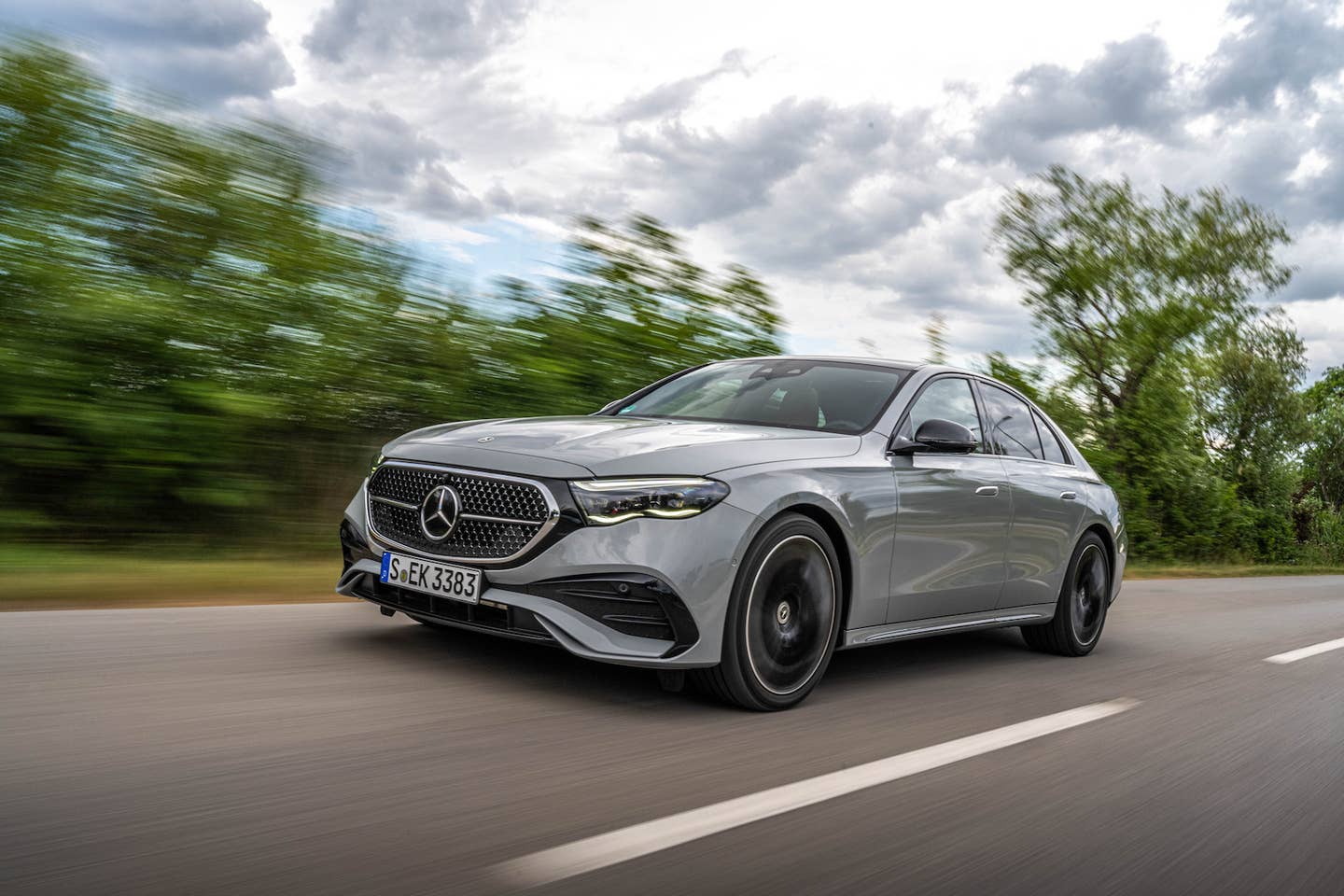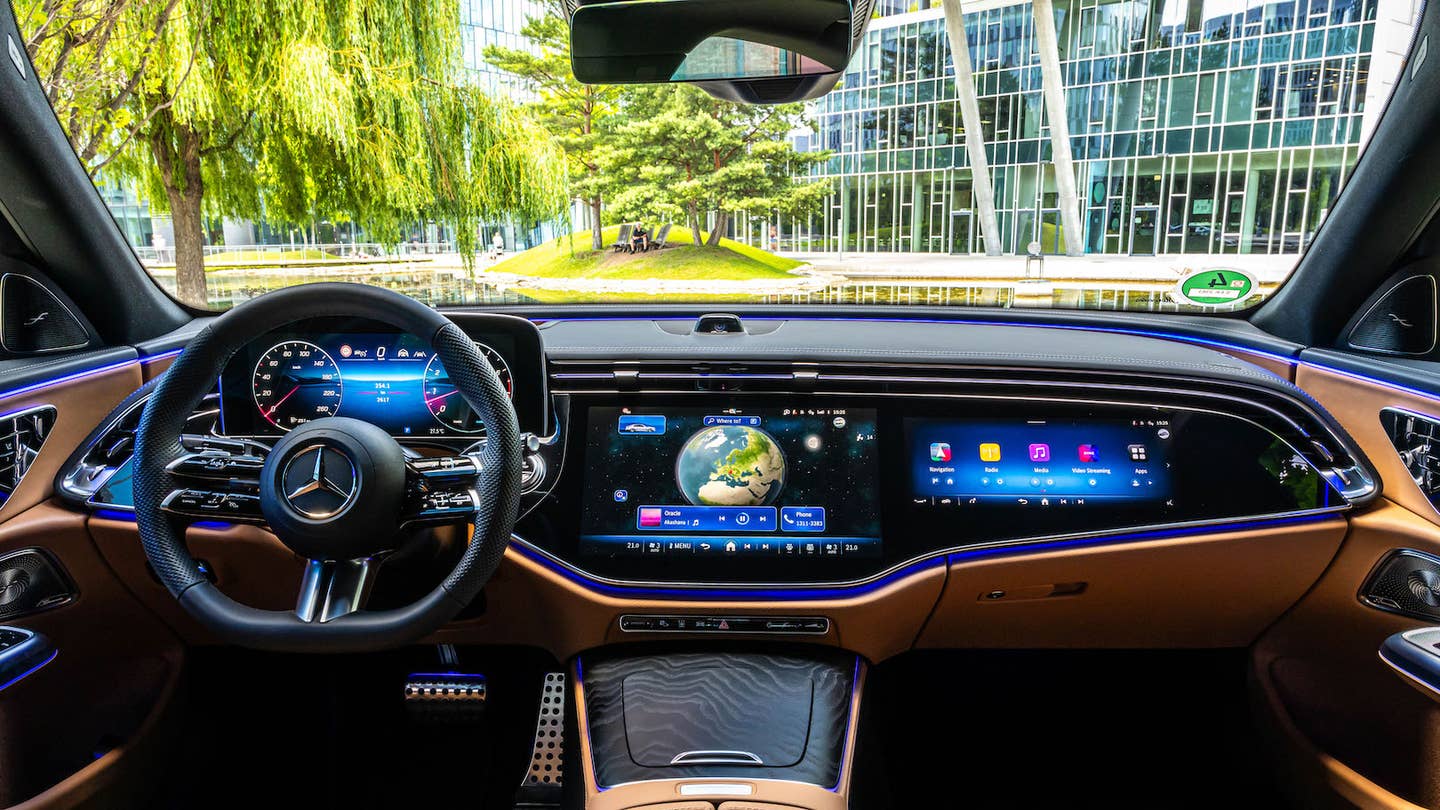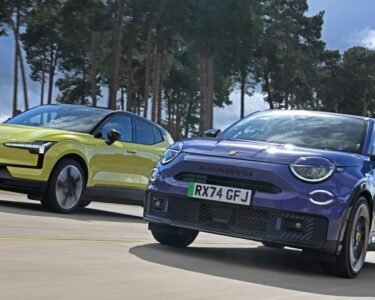It seems like only yesterday that automakers were racing to sell the priciest new cars possible. In times of constricted supply chains that made volume sales impossible, carmakers like Mercedes-Benz sought to wring the most profit from every individual sale. Well, times have changed again, and Mercedes now expects to do the opposite: Focus on its affordable models as the economy squeezes even its own customers.

2024 Mercedes-Benz E-class. Mercedes-Benz
Now the reverse is true, as high interest rates are reportedly impacting even Mercedes’ wealthy customer base. Mercedes now plans to prioritize its volume-sellers, and one of the first casualties will be its EQ range of electric vehicles. They’re already weak sellers, particularly at higher price points like the EQS’s, and they’re not being helped by an EV price war waged over concerns of slumping demand.
Instead, Mercedes dealers reportedly want cheaper, quicker-selling models, which the company will deliver in spades this year. The make reportedly has 25 new or updated models arriving in 2024, with highlights including a new E-class, the CLE coupe and convertible, and a plug-in hybrid GLC. You’ll note these are all compacts or midsize, and have either internal combustion or hybrid drivetrains. EVs remain a premium product, as they tend to both be pricier and less capable of serving as a household’s single car.

2024 Mercedes-Benz E-class. Mercedes-Benz
Affordability is now thought to be EVs’ next big step, with Ford and potentially Tesla pursuing an EV at the $25,000 price point. Mercedes’ cheapest EV, the EQB crossover, starts at more than double that. Meanwhile, the GLB is markedly cheaper and a more rounded vehicle.
No matter what the S&P 500 says, Americans are having to be pickier about where their dollars go. For some, that means the difference between buying new or used, while others face the decision between taking an EQE as a second car or an E-class as their only one. It may not be as hard a decision, but it’s still one or the other.
Got a tip or question for the author? You can reach them here: james@thedrive.com




